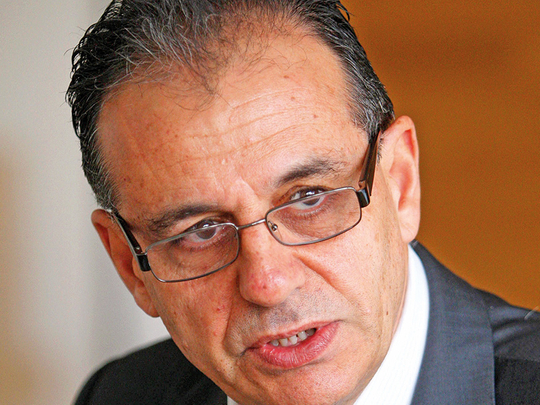
Dubai: Kuwait is well placed to withstand low oil prices given its low debt and enormous financial buffers, which allow the authorities to pursue gradual fiscal consolidation, according to Institute of International Finance (IIF) a Washington based association of global financial institutions.
Despite low oil prices, non-oil real GDP growth remained strong at around 3 per cent in 2016, thanks to the healthy project pipeline and gradual fiscal consolidation that avoided cuts in capital expenditure and wages.
After being stalled by political frictions, projects outlined in the national development plan took off in 2014, thus creating a strong momentum in the noil sector. After years of lagging behind, Kuwait’s noil sector growth has surpassed its Gulf Cooperation Council (GCC) neighbours.
“We expect noil growth to pickup to 4 per cent in 2017, supported by ambitious infrastructure projects. High frequency leading indicators (including equity market, imports, and credit to the economy) point to robust growth. Development of a several major projects signals positive momentum,” said Garbis Iradian, Chief Economist, Middle East and North Africa (Mena) of IIF.
Construction of the Kuwait International Airport at the cost of $4.3 billion is moving ahead of time after being re-awarded to the new contractor, while the Public Authority for Housing and Welfare indicated that 36,000 new homes will be completed in 2017, which will contribute to stabilisation and recovery of real estate sector after two years of correction.
Although the non-oil economic activity remains strong, the decline in Kuwait’s crude oil production in the context of OPEC’s agreement in late 2016, would lead to an overall contraction of 0.5 per cent in real GDP. Kuwait’s share of oil in total GDP exceeds 50 per cent per cent, the highest among the MENA oil exporters.
“For next year, we assume that Opec will extend the output curb beyond March 2018. This could imply a small increase, of about 1 per cent, in Kuwait’s oil GDP, leading to an overall real GDP growth of 2.4 per cent in 2018. Beyond the near term, we expect the economy to grow between 2.5 per cent and 3 per cent, driven by significant increase in oil production and investment, and supported by gradual recovery in oil prices,” said Iradian.
With the sharp fall in oil revenues, Kuwait’s fiscal balance, excluding investment income, shifted to large deficits in 2015 and 2016. However, including investment income the fiscal position was broadly balanced. The authorities are expected to pursue gradual fiscal consolidation with focus on increasing non-oil revenues and reducing subsidies. After facing opposition in the parliament, the government agreed to cut water and electricity subsidies only for expatriates. “Kuwait has one of the strongest balance sheets in the GCC region due to very low leverage yet large foreign assets in the Kuwait Investment Authority (KIA). However, the fiscal deficit (excluding investment income) is among the largest in the GCC region and likely implies a repeated large issuance of international bonds. Fiscal reforms are thus necessary to reduce imbalances and support a narrowing of the risk premium going forward,” said Jean-Michel Saliba, Mena Economist of Bank of America Merrill Lynch.
The sharp fall in oil revenues in 2015 and 2016 have more than offset the decline current spending in those years, leading to fiscal deficits (excluding investment income) of around 17 per cent of GDP. “We expect the fiscal deficit (excluding investment income) in fiscal year 2017/18 to remain around 17 per cent of GDP. Beyond the current fiscal year, we expect gradual narrowing of the deficit helped by mobilisation of noil revenue, rationalisation of current spending and recovery in oil prices,” said Boban Markovic, Research Analyst at IIF.
Introduction of Value-added Tax (VAT) of 5 per from next would raise additional revenue of 1.5 per cent of GDP, might be delayed to the second half of the year.
In 2015 and 2016, the large fiscal deficits have been financed largely by drawdowns from the Government Reserve Fund (GRF) and borrowing from the domestic banks and nonbank financial institutions. In March of this year, and for the first time, the authorities tapped international debt market, by issuing $8 billion (equivalent to 6.6 per cent of GDP) in five and ten-year sovereign bonds. With the orders reaching $29 billion, Kuwait’s ten-year bond yielded 3.6 per cent at issuance, slightly above Abu Dhabi’s bond yielding of 3.4 per cent, which is considered the safest in the region.
Backed by large buffers and strong credit rating (AA) Kuwait can choose the financing mix to support its large deficit. It is likely that the parliament will approve the government request to lift the current limit on debt issuance from 10 to 30 years in maturity and debt ceiling to $83 billion (60 per cent of projected GDP).










